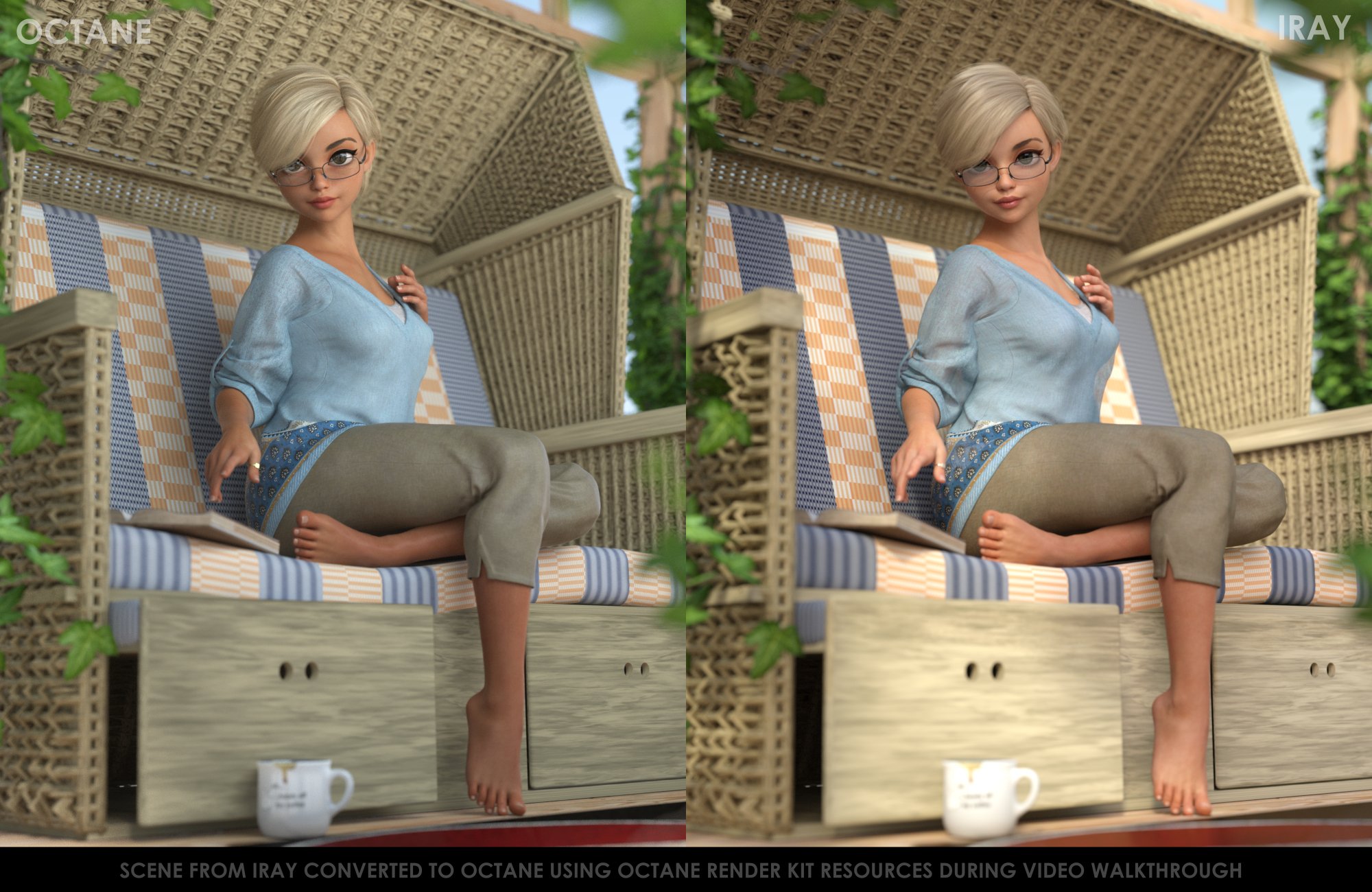
This is very useful when setting materials for skin. The new material will be an instance of the original but can be edited. Right-click the material and copy as new material.Drag it from the used or preset area to the desired surface (you can use the same material on multiple surfaces).This is where you assign materials (shaders) to your model within Daz Studio. Once installed, you can access the plugin from within Daz via the OctaneRender Main link in the Render menu, or use the toolbar icon (see below).

In terms of hardware I am using an 8 core i7 5960x, 32gb ram, and dual Titan X GPUs, though it will work quite happily on more modest machines (I started on an old Macbook pro). If you do not have a licence of Octane, a trial version is available for standalone and plugin versions ( I use the 3.0.6 beta version, but the tutorial will work just as well with the stable 2.24 version. You make an adjustment in Daz, it is updated in the render preview in close to real-time. There is very little to separate them regarding the tools available or the quality of what is produced, but the Daz plugin is infinitely easier to use.

There are two ways of using Octane with Daz Studio – through the standalone Octane Render Software or the Daz Integrated Plugin.

This article does a great job at explaining the Basic Theory of Physically-Based Rendering. In particular, simulated light bounces around a simulated environment hitting simulated surfaces until it hits the lens of a simulated camara. My understanding of this is that the engine accurately simulates the characteristics of light and it’s interaction with a variety of surfaces. Octane is, like iRay, a Physically Based Renderer (PBR).


 0 kommentar(er)
0 kommentar(er)
